Easy Foolproof Pie Crust for Beginners
If you have ever made a pie from scratch you know how difficult pie crust dough is to work with. Learning how to work with pastry dough is so important to some, they pay a lot of money to become certified Pastry Chefs. Working with pastry dough can really take some know how. I have in the past, personally tried TWO different ‘No Fail’ pie dough recipes; apparently they didn’t factor me in when they named the recipes. They should have been named “No Fail pie crust except for Emily”. Every time a disaster! I was scared off of pie baking for a long time. Then, I found this little miracle of science, “Foolproof Pie Dough” that even I can make!
This recipe’s success relies heavily on one key ingredient. Vodka.
Yep, that’s right, alcohol. Or more accurately, ethanol.
It turns out Vodka has a high percentage of ethanol (40%), and that’s why it’s used in this pie dough. And NO, it’s not for taste! In fact, it imparts zero flavor into the crust because the alcohol evaporates in the oven. This recipe is all about the chemistry. Have a desire to be enlightened? Then read on!
 |
| Now roll the dough onto your rolling pin, and unroll it over your pie plate. ( My bench scraper comes in handy in case the dough sticks a bit to the surface.) |
 |
| Using kitchen scissors, trim the excess dough that is hanging longer than 1/2 inch over the sides. |
 |
| Fold or tuck that 1/2 inch overhang of pie dough under itself, making the end of the dough flush with the edge of the pie plate. You can smoosh it together gently. |
FYI: You will need a food processor for this recipe :0)
Gluten (the protein chains that holds dough together) forms readily in water. Too much gluten will make the dough tight, causing it to be difficult to roll out.The more you knead the dough the more gluten forms. Most pie dough recipes are stingy with the water for this very reason, and the dough can often turn out dry and fall apart. But gluten can’t form in ethanol. So we can add more moisture to the dough, making it moist and definitely easier to work with. (No ripping!)
Take note: This dough takes a bit longer in the oven to bake than traditional dough as there is more moisture to evaporate.
 |
| The “cottage cheese curd” stage after adding butter and shortening. |
 |
| Dough processed with the last 1/2 cup flour. It should have lots of small clumps. |
 |
| Dough with the water and vodka incorporated into it. See how sticky it is? |
 |
| The final disc wrapped in plastic ready to be refrigerated until firm. |
This dough will bake up just as tender, sweet and flaky as any pastry dough, and you’d never know the difference. As long as you follow the recipe, this dough will be just right every time!
Print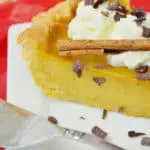
Foolproof Pie Dough
- Total Time: 45 minutes
- Yield: 2 1x
Description
The one and only TRULY foolproof pie crust recipe. This one secret ingredient makes all the difference in the world. This recipe makes enough for one double crust pie, or two single crust pies.
Ingredients
- 3 cups of unbleached all-purpose flour, plus extra for the work surface
- 3 tablespoon of sugar
- 1 teaspoon salt
- 12 tablespoons (1 1/2 sticks) unsalted butter, cut into 1/4 inch cubes and chilled
- 1/2 cup of shortening, cut into 4 pieces and chilled
- 1/4 cup cold vodka
- 1/4 cup cold water
Instructions
- In a food processor, add the flour, the sugar and salt. Pulse a few times to mix together. Now add the butter and shortening and process strait for about 15 seconds. You should see a few large and lots of small clumps of dough. No dry flour should remain.
- Pour the cold vodka and water over the dough and fold/knead it in with a rubber spatula to thoroughly mix it in. It should be somewhat sticky. If it’s really wet, sprinkle on more flour and hand knead it in on a lightly floured surface until the dough is manageable and smooth. You can knead and work this dough till the cows come home and it will never get stiff like regular pie dough. Lay out some plastic wrap, pick up the dough in your hands and mold it into a flat disk about 4″ wide. Wrap it in plastic wrap and refrigerate it for at least an hour. Pull it out of the fridge and let it sit at room temperature for about 10 minutes before rolling it out. Can be refrigerated for up to two days, or frozen for about a month.
- After rolling and placing the dough in your pie plate, poke the bottom of the crust a few times with the tines of a fork. Cover the pie plate with plastic wrap and chill the dough again for at least 30 minutes before baking. When ready to bake, line the dough with a layer of aluminum foil and add pie weights or pennies. If you only have beans or rice to use as weights, make sure you fill your pie to the very top with them; they’re not as heavy as standard weights. Cover a rimmed baking sheet with a sheet of aluminum foil, set the pie filled with weights on it, and place on the bottom rack of the oven. Bake at 400 degrees for 25-30 minutes. Remove the pie from the oven. If you only need a ‘partially baked pie crust’ then stop here. If you need it completely baked through, remove the weights, rotate the baking sheet, and continue to bake until the crust is light golden brown, about 5 to 10 minutes more.
- Prep Time: 10 minutes
- Cook Time: 35 minutes
- Category: Dessert
- Cuisine: French





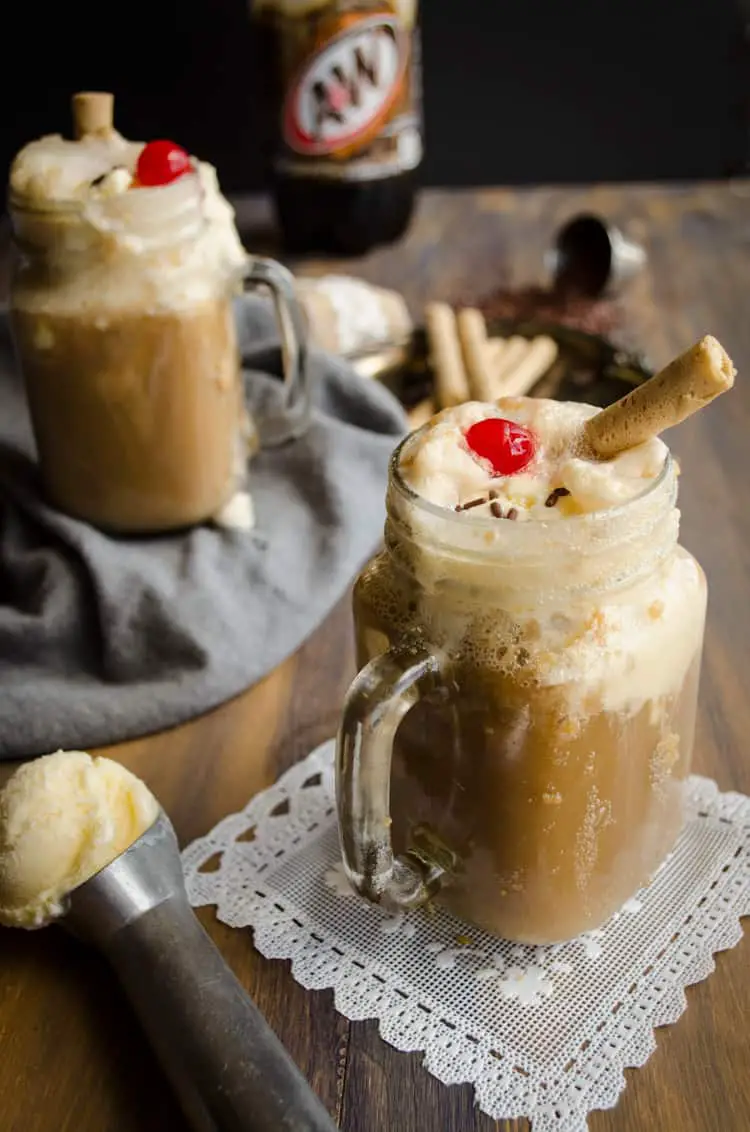

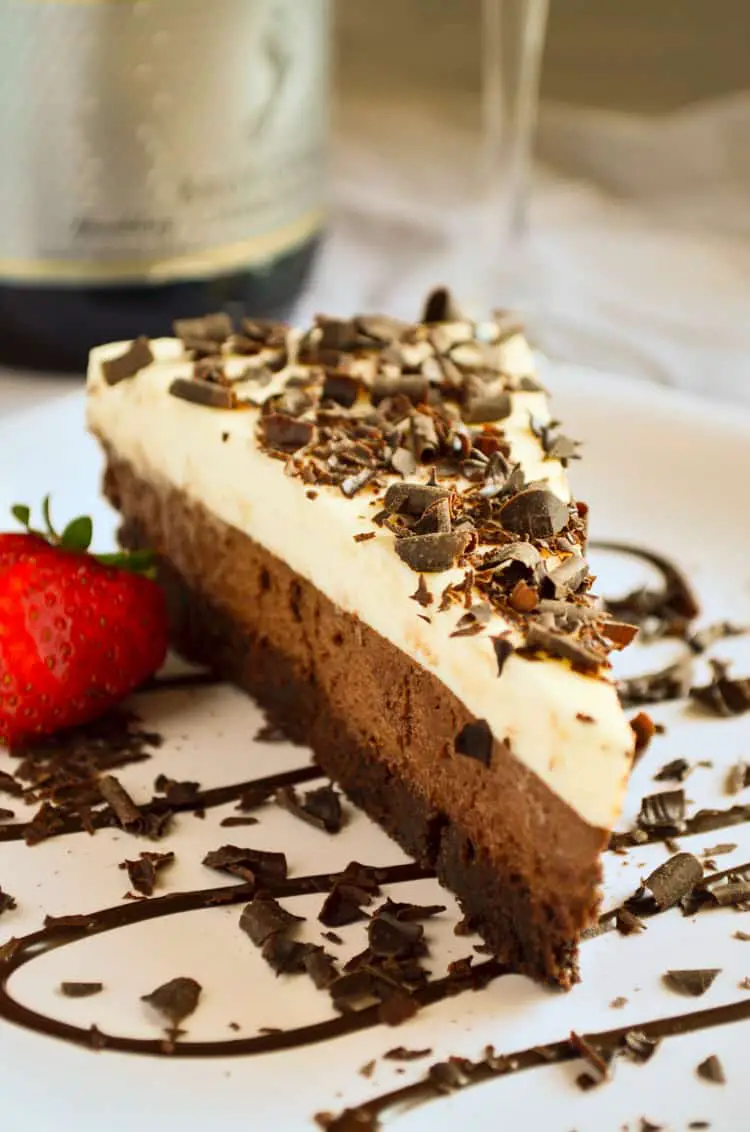
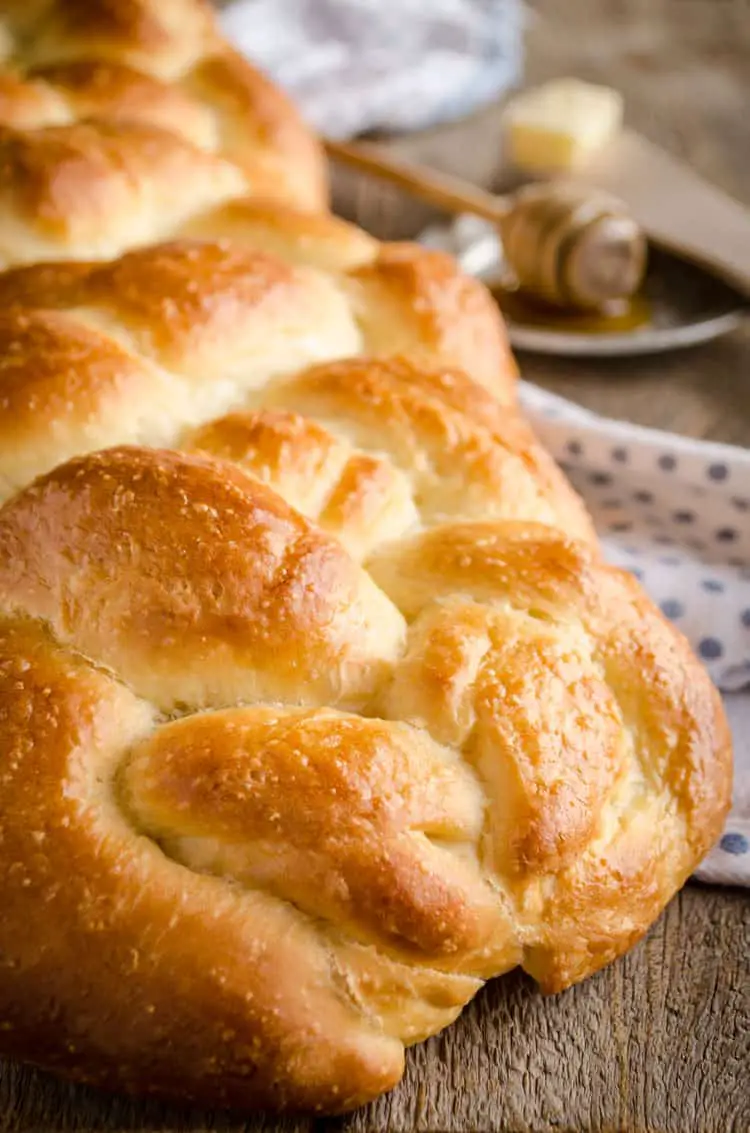

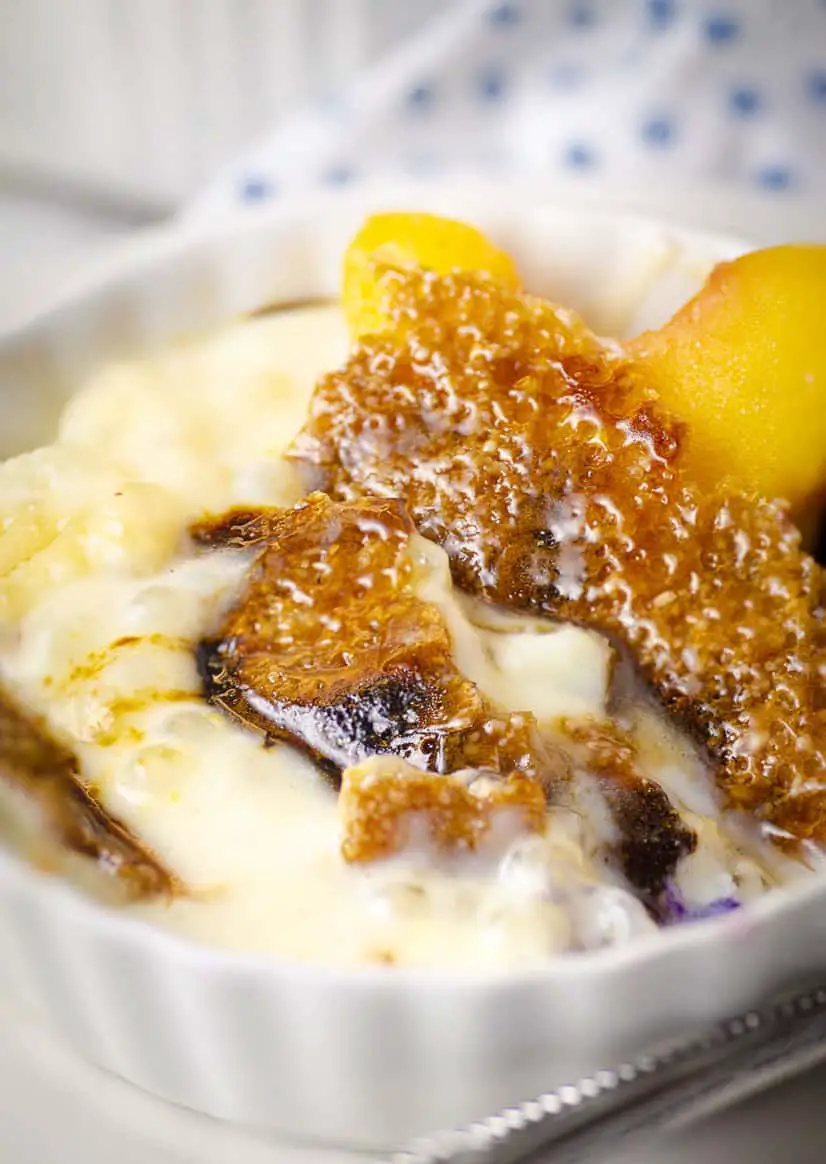
A Great Pastry Dough. I am impressed with the easiness of this recipe and the finished product is satisfying.